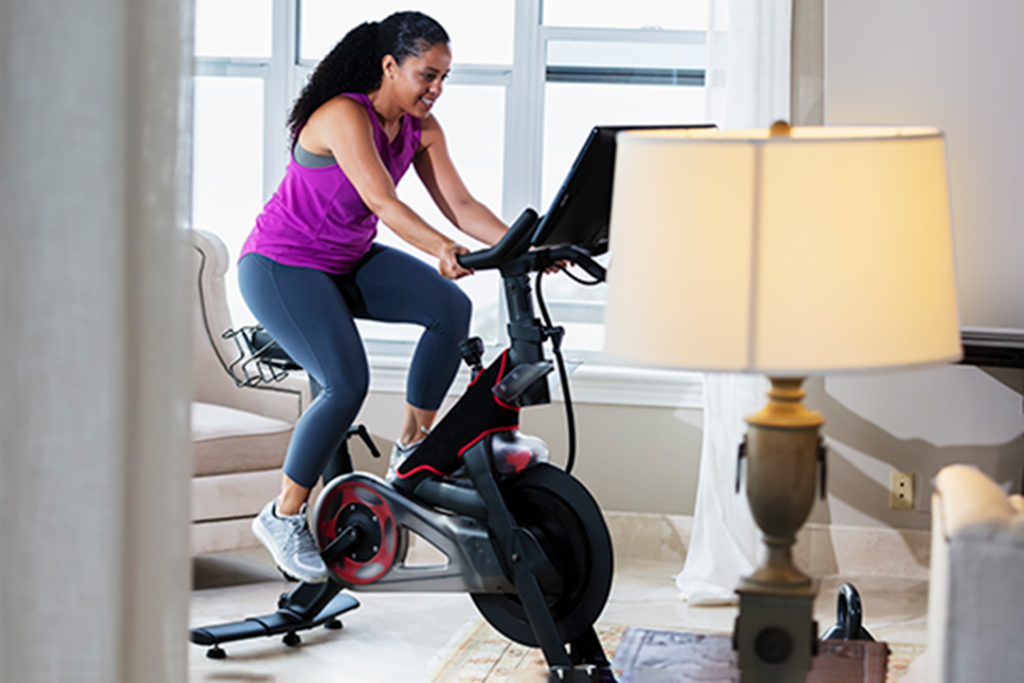10-01-2024
Weekly Resistance Training Can Improve Joint Health
Find A Center
It’s never too late to begin healthy habits, even in your golden years. A recent study found that weightlifting three times per week steadily increases muscle joint strength in older people.
Bone and Joint Health National Action Week Is Oct. 12-20
Strength and balance are essential for seniors to maintain independence and overall health. Bone and Joint Health National Action Week is Oct. 12-20. This week provides opportunities for health and living communities to learn about health conditions that affect joints and bones.
Study in Denmark Finds Lasting Benefit in Regular High-resistance Training
A university hospital in Denmark studied 369 older adults at retirement age to see the long-term effects of resistance training. The researchers divided the participants into three groups for one year: heavy resistance training (HRT), moderate-intensity training (MIT) and non-exercising control group (CON). At the conclusion of the four-year project, the hospital found that a year of high-resistance training can preserve muscle function and provide long-lasting benefits (NIH).
Benefits of Adding Weightlifting to Your Exercise Regime
The Centers for Disease Control and Prevention recommends adults should get 150 minutes of moderate-intensity physical exercise per week, but strength training is equally important.
Weightlifting can help strengthen muscles, decrease body weight and reduce joint pain. It can also improve bone density, which decreases the risk of osteoporosis. People with osteoarthritis and all types of other arthritis have experienced decreased inflammation after building up muscles around bones and joints.
Tips for Safe Weightlifting
Injuries can occur in weightlifting if you improperly prepare or incorrectly position your body. For example, you can injure your knees if you use too much weight or don’t use proper squatting techniques. Shoulder injuries can occur due to improper technique in overhead lifts, while incorrect form during deadlifts may lead to back strain and herniated discs.
By utilizing adequate training, gear and guidance, you can enhance muscle and joint strength safely. Follow these tips for safe resistance training (Better Health):
- Always speak with your doctor and have a physical exam before beginning a new fitness routine. This is especially important if you are older than 40, obese or have a chronic medical condition. Your doctor can evaluate your medical history, daily activities and prescription drugs and pain relievers. You may want to try weight loss and nutritional support in conjunction with exercise.
- Consider hiring a personal trainer to create a customized weight-lifting program for your age and fitness level.
- Wear comfortable clothing and appropriate shoes. Use gloves, wrist wraps, knee sleeves and a weightlifting belt if appropriate. Proper equipment prevents joint damage.
- Collaborate with your trainer to learn the proper form for each exercise.
- Don’t hold your breath. Exhale during the exertion phase and inhale during the relaxation phase.
- Use a full range of motion for each exercise to develop deeper joint and muscle strength.
- Control the weights, even when putting them down. Dropping the weights can injure yourself or others.
- Use well-maintained equipment. Old or faulty equipment will increase your risk of joint injury.
- Begin slowly and try to be consistent in doing the routine at least three times per week.
- Do not try to train through an injury. You could make your condition worse. Call your orthopedist to make an appointment.
Do You Need an Orthopedic Procedure?
If you are experiencing pain in your shoulders, knees or hips, don’t continue to ignore it. Sometimes you can manage minor pain with exercise, but you may need to see your doctor. It’s possible that you could benefit from physical therapy or taking anti-inflammatory drugs (NSAIDS), or you may need a procedure.
Common orthopedic procedures include the following:
Knee arthroscopy — This is a common outpatient procedure that allows a surgeon to view and repair knee joint problems.
Total knee replacement — In this procedure, a surgeon uses an implant to replace the damaged bone ends of the thigh bone and the shin bone. Replacing joints prevents further cartilage damage and painful bone-on-bone contact.
Total hip replacement — This procedure can relieve symptoms of osteoarthritis, rheumatoid arthritis, post-traumatic arthritis or childhood hip disease. A surgeon replaces the hip joint to improve mobility and decrease pain.
Find an Orthopedist Near Your Home
Are you considering orthopedic treatment for the first time? Have you recently moved? We can help you find an orthopedic center in your area. Our physicians and staff are accepting new patients and are ready to meet your needs.
Once you’ve fulfilled your deductible, the expenses for your total joint replacement or arthroscopy may be lower than expected. It’s crucial to request an appointment promptly, as you might require a follow-up visit before the year concludes.


